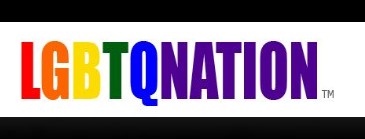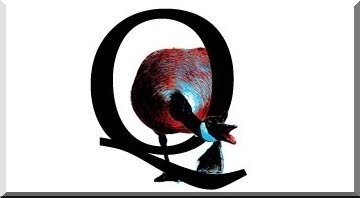Homeless LGBTQ youth in Utah face many obstacles and few options
 |
| Matt, 18 Ogden's OUTreach Resource Center Client |
By Brody Levesque | OGDEN -- A new research study conducted by a Utah State University doctoral candidate-graduate student, Rachel Peterson, shows that the number of homeless youth in Utah identified as adolescent, (between the ages of 14 to 24) numbers at approximately 5,000. This figure according to Peterson is likely a large underestimate, who noted that previous research and studies have been limited to conventional data gathering relying on empirical data provided by state or local agencies, and the school districts around Utah.
The previous studies had placed the annual number of homeless youth at around 1,300. The study's results were released Tuesday.
During a phone interview with LGBTQ Nation Wednesday, Peterson said that about 40% of homeless youth in Utah identify as LGBTQ, and 50% of these youth come youth come from LDS (Mormon Church) families.
The study's findings included:
• 30% of youth have been homeless for over one year• 42% of homeless youth have been in foster care. They often experience harassment and abuse in the foster care system for their sexual orientation or gender expression, and some youth choose homelessness over these environments.• 56% of youth experienced abuse before becoming homeless and 37% experienced abuse after becoming homeless• Many youth have engaged in survival sex, trading their bodies for food, shelter or other basic necessities. The risk of exploitation for youth on the streets is extremely high.• Nearly 40% of homeless youth have attempted suicide. Two of every five homeless youth in Utah have tried to take their own life. And many more do take their lives.
"The problem," Marian Edmonds-Allen, executive director of Ogden's OUTreach Resource Center told LGBTQ Nation, "is that with the younger kids, those under the age of 18, there is only a small window of time opportunity to assist them daily."
Allen detailed the problem lying in Utah's family law, which classifies any "unaccompanied minor" living on the streets and homeless as a "runaway."
"If we serve an unaccompanied youth, after 8 hours we must report the youth to the police or the DCFS. Even if a child has been kicked out by their parents, that child is deemed a runaway under the law. It is illegal for anyone to knowingly provide shelter to a youth."
She adds that any adult who assists a "runaway" longer than an 8 hour period may be charged with the misdemeanor crime of aiding and abetting a runaway.
"I am often asked if there is any way to help homeless youth. “Yes, please,” I usually say, “they need clean socks, new underwear. When it is cold, they need hand-warmers coats, sweaters. They also need sleeping bags, blankets, and if you have one, a wooden pallet so they don’t have to sleep on the ground.
They are the nameless, faceless shadows in the local park, they are in front of the library, lined up to use the bathroom in the morning. They are sometimes holding a sign asking for help.
Usually, though, you don’t see them unless they trust you. There are too many homeless youth and the counts aren't often accurate because the majority of homeless youth are too afraid to be counted, who stay away from shelters for fear of assault or worse.
She says it's frustrating because there are only a couple of places including her center in the metropolis between Logan to the North, greater Salt Lake City roughly in the middle, and St. George at the southern tip which runs along side the Wasatch Mountain Range, where the bulk of the state's residents live.
Peterson said that with the attitude of the LDS church towards the LGBTQ community in general, there are no other options available.
Allen pointed out,
"The vast majority of the youth we serve are from Mormon homes, and far too often the reason they are living on the streets, in a camp, car or couch is because their parent said to them, “Pack your backpack and be out before dawn. Come back when you have “straightened up” or don’t come back at all.”
For these youth, some as young as 14, they are left to fend for themselves. What usually happens is that as soon as they hit the street with their backpack or suitcase, a “helpful” adult offers them a ride and a couch to sleep on. The youth’s trust is misplaced when she or he is assaulted at night, or perhaps injected with drugs while she sleeps, and then enters into a life of addiction and trauma that lasts until true help is found, or too often, in tragic death."
Kristina, 19 Ogden's OUTreach Resource Center Client
Allen and Peterson both told LGBTQ Nation that the other significant problem confronting LGBTQ youth is suicide, however Peterson said that there is a lack of hard data to establish the actual numbers of homeless youth suicides.
Allen said,
"But what we do know is that one of their camps in the canyon near Salt Lake City is called Suicide Rock. Every youth I meet knows one, two or several youth who have lost their life to suicide. The epidemic of LGBT youth homelessness and suicide in Utah is inextricably linked."






















0 comments:
Post a Comment